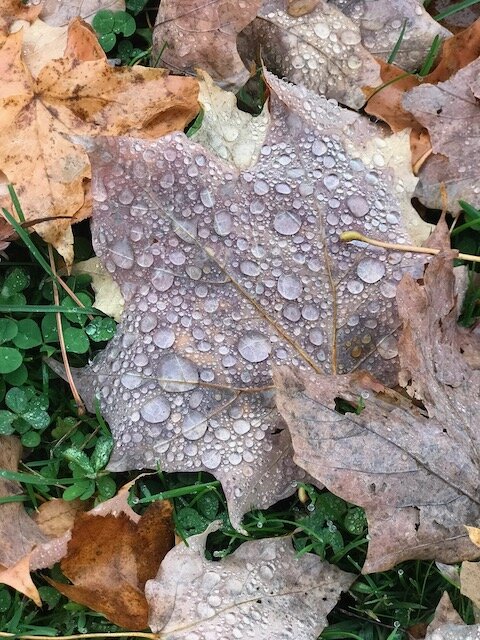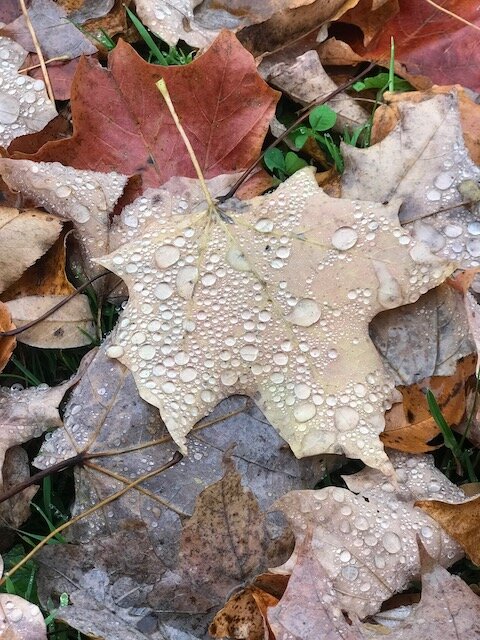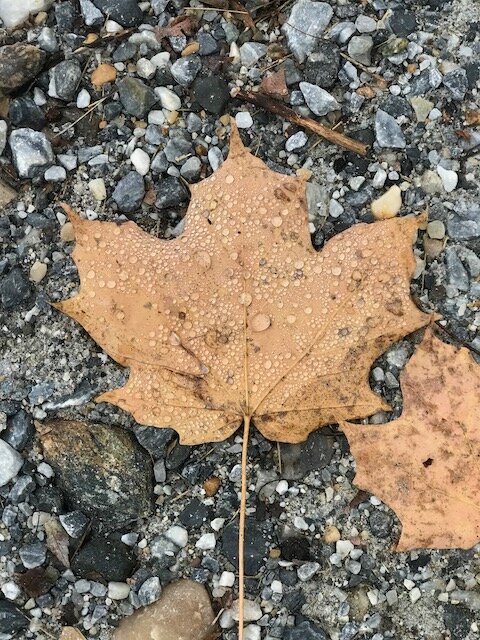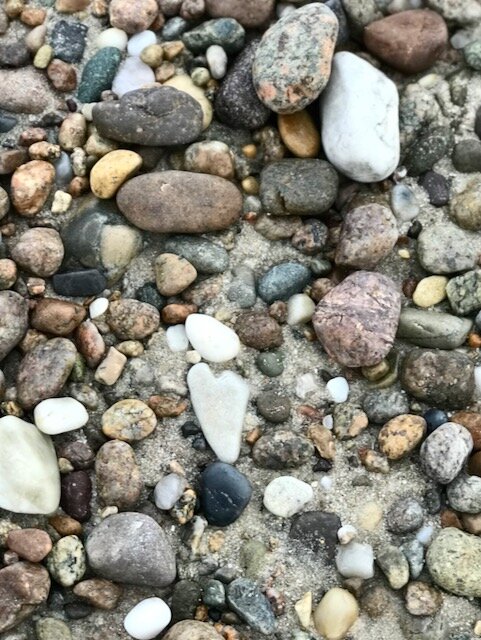have a seat
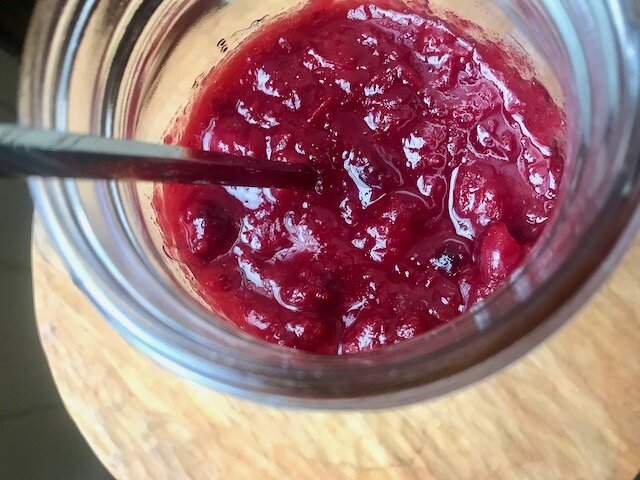
Hello, are you by any chance experiencing any duress or woe or anxiety of any kind?
Just me?
One of my lovely team of psyche mechanics often asks me to consider my woes this way: if this trouble, troublesome though it may be, actually means well for you--what is it offering?
For the purposes of today’s discussion, I selected a seasonal woe.
Our family thanksgiving has for years and years been a big whooping, whopping deal. My family of origin began sharing the holiday with another family of 5 several decades ago. As marriages and parenthoods and other mergers have taken place, the holiday table stretched from seating for ten to a high of 42. Fortunately the other patriarch is an architect and several of the little children who first sat at the table grew up to be, date and/or marry architects, so we have always had expert assistance drafting ways to arrange the tables in (no lie) the extra house my sister bought primarily so we would have a place to hold the meal.
I have a lot more to say about thanksgiving, but if you are only going to read one sentence before you skip to the recipe below, let it be this one:
PLEASE STAY HOME.
I want to be with my people, too. I want to be with my near people and my far people. I want to hug cousins and make them fancy sauces. I want to talk and laugh with everyone all at once and small groups separately and be aggravated by the one person who perennially refuses to take off their outdoor shoes before coming inside. I long to face a mountain of dishes I don’t want to wash. I pine for the internal cringes of keeping an ear tuned for conversations that may be headed off the rails (her weight! his sexuality! their marriage!). I am hungry to manufacture a reason (are we running low on seltzer? is the dog eating the pies in the garage?) to go out in the sharp air, because a roomful of people is a lot.
I want it all.
Even so, I’ll say it again:
PLEASE STAY HOME.
I read account after account of overwhelmed hospitals and healthcare workers, and pore over statistic after table after graph of the alpine spike in cases headed into the already-swamped facilities where these exhausted, demoralized humans work. This information is not sent to me on private airwaves. And yet 40% of American people, who watch these same channels, are planning a holiday celebration that involves groups of people moving from point A to point B and then sharing a table for a lot of exhaling- and swallowing-based activities.
PLEASE STAY HOME.
Every one of us wants to believe that we are the ones who can do it safely, that we are not the target audience for the directive.
So many times this year, I have wanted to bellow out: Could everyone please please stop moving, please be still.
So that’s the gift, to my eye, of the absence of the hoopla. It’s a gift presented to me by COVID but reflecting a true group effort on the part of grief, loss and change as well. There has been so much of these last three in our merged and extended family group that even in a landscape untouched by pandemics and despots, we could not have manifested a “traditional” holiday celebration.
This is a time of the year that usually finds me counting heads and renting chairs and making lists. This year I’m sitting still, in terms of those tasks anyway. Just twiddling my thumbs.
Into the resulting stillness, I can fully inflate the dirigible that has been compressed in my chest for years. Namely, I don’t want to celebrate traditional thanksgiving anymore. I do want to be with people I love. I want to feed people I love. But there is nothing to celebrate about this holiday, no way for me to pretend any longer that there is a way to see past its problems. Its origins are false, shameful, violent and unresolved. I can’t reconcile turkey and three sides with the time I’ve spent leaning hard into racial justice and social equity and food sovereignty and being in what feels like a thousand zoom calls that open with land acknowledgment statements intended to place us consciously in the understanding that the land we live on was taken from others. We have to face all of it.
I have stressed over writing this because of a host of reasons, including but not limited to: I wanted to have a list of links to help you get informed and take action, I wanted to have a lovely photo of the food, I wanted to make sure I said it in a way that was the way that could not be in any way wrong.
These are hard days to be a human. It’s a job of work to get regular pants on, to remember the order of the days of the week, to face the headlines. I’m learning to look at standards and deadlines and expectations and their ilk through a different lens.
To the photo: I don’t have one. Not sorry! I think women are sorry too much. Thank you for understanding that I don’t have a photo. Spoiler alert: the food in the recipe below comes out round and brown. Full disclosure: the sauce pictured above, though similar to the one I talk about, is so last year.
To the links: I will never resist adding a few but I mean no unkindness when I suggest that in the main, you do your own reading and research, especially if the terms mutual aid , food sovereignty and land reparations are new to you. Only you know which thread related to the problems and the remedies is the one that will wrap itself right around your attention, and around your intention.
The last thing I want to be is holier than thou; the only thing I aspire to be is slightly holier than I was before, and it’s a clumsy, ongoing process that does not exclusively move forward. Here’s one thing that has been helpful to me, a corollary to the “what has this come to offer you?” question: “how can I receive this?”
For example: hot water from a pipe. I feel differently about the dishes when I pause to consider that little miracle.
For example: it feels good to sit down, but have you tried claiming the moment for your body? Here, body, you are tired, let’s sit you down. That feels different in a better way.
For example: my dog leans hard into my hip every morning and then when he knows I am awake, he drops his big square head onto my chest and looks at me adoringly. I never fail to notice how sweet it is. But my day starts differently when I receive it as a blessing, consciously make space to let it land as evidence of a compact of trust between us.
For example: wojapi (“wo-zha-pee”) sauce is a sauce that appears on many indigenous tables, a simple preparation of berries usually cooked down with maple syrup or sugar. Cranberry sauce is wojapi sauce. Maybe your meal won’t change this year; maybe it will be turkey and sides as it has ever been. Maybe you will be the only one at your table who knows that cranberry sauce is the part of the meal with the most direct lineage to native foodways, and maybe only you will spoon it up from a different angle. That will still be something.
The nice ladies at Radio2Women asked me to come on the radio and talk about thanksgiving again this year, which you can listen to here. We talked about the thought puzzle of building a menu of pre-colonial ingredients. While it’s really just an exercise for someone like me to work from a short list of options when I know how close the supermarket is, with its out of season strawberries and other temptations, it’s also an important exercise. It sets the stage to receive each ingredient with a different kind of appreciation, an energetic shift that becomes a tiny ripple and then a little wave and then, if we stay on it, a movement.
In the radio segment, I talk through making a whole meal. Here, I’m just offering up the rice part because I think these little patties should become a movement unto themselves. I don’t know how to meaningfully convey the mental ricochet that takes place in my head when I find myself basically making congee out of wild rice. The family we have shared thanksgiving with since we all unironically had 70’s haircuts is Chinese American, and the gift of congee from their matriarch truly set me up to live my life a certain way. The nerdy love feelings I get when I see foods handled similarly in different cultures around the globe are hard to describe but probably look like a valentine drawn by a very excited toddler.
With all ingredients, especially those that have direct connections to indigenous tables, responsible sourcing matters a lot. Look for naturally-grown rice from small producers, if you can.
If you don’t listen to the radio show, then you will not be able to play the drinking game where you take a shot every time I say ‘kind of’ or ‘sort of’ (you would get very drunk). And so you will need me to just tell you that come Thursday, I will serve these very stuffing-adjacent wild rice cakes with a very simple seared salmon (seasoned just with maple sugar and salt), and a three sisters stew of corn, beans and squash that has some kale for color. There will be a little wojapi sauce on the side, made with blackberries and cranberries and maple syrup. There will be a very small mountain of dirty dishes (thank you, hot water) and no pies in the garage (sorry, dog). In with the nostalgia for the giant fuss of years past, I hope we’ll find a little seed of what we choose to carry forward. I hope it’s something my little family can use to build with intention, moving mostly forward, until we have a place we can inhabit with joy and share abundantly.
Peaceful days to you.
Wild Rice Cakes
Inspired by a recipe from The Sioux Chef’s Indigenous Kitchen by Sean Sherman with Beth Dooley
Makes about 6 to 10 cakes, depending on the size
These couldn’t be simpler. It’s mainly just overcooked wild rice, pureed into a thick dough. You can make the dough (and even shape the little cakes) as much as several days ahead, and keep them in the refrigerator. Any leftovers can be re-crisped in a low oven.
· ¾ cup wild rice, soaked overnight in cool water to cover
· 4 ounces cooked chestnuts
· 1 tablespoon oil or butter
· a small bunch of scallions or a medium-sized leek, cleaned and trimmed and finely chopped
· Pinch salt
· Generous pinch maple sugar or teaspoon of maple syrup
· about 3 to 4 tablespoons oil or butter; more as needed
Drain the rice from its soaking water and cover with fresh water. Bring to a boil and then simmer, covered, until the grains spring open and curl. Drain.
Reserve ½ cup of the cooked grain. Put the rest of the cooked wild rice into a saucepan, along with new water to cover. Bring to a boil and then reduce the heat to a simmer. Cook until the rice is falling-apart soft, about 20 minutes. Drain any remaining water. Reserve.
In a small pan, heat the tablespoon of oil until it shimmers and sauté the leek until it is lightly golden, about 5 minutes.
In a food processor fitted with a steel blade, pulse the soft rice until it begins to form a dough. Add the chestnuts and continue to process until the dough is smooth and sticky. Add the reserved whole rice, the leeks, the salt and the maple. Pulse just to combine. You can shape and cook these now, or refrigerate the mixture for up to a few days.
To finish them up to serve, have your oven warmed up to about 250° and get a little baking sheet ready to receive them. I take about two tablespoons of the dough and make a meatball of it, then flatten the tops and sides to create a little hockey puck no more than an inch thick. Heat a well-seasoned skillet over medium heat and oil it well with a neutral oil (or some butter). Pan-fry the little cakes, in un-crowded batches, until the bottom is well crisped. Try to resist the urge to fuss with them too soon; crisping a little longer will hold them together better. Once the pan is nice and hot, keep the heat on the lower side, as rice likes to burn. Flip them gently to repeat the crisping on the second side, and remove them to the baking dish to keep warm as you move through the rest, replenishing the oil or butter as needed.
